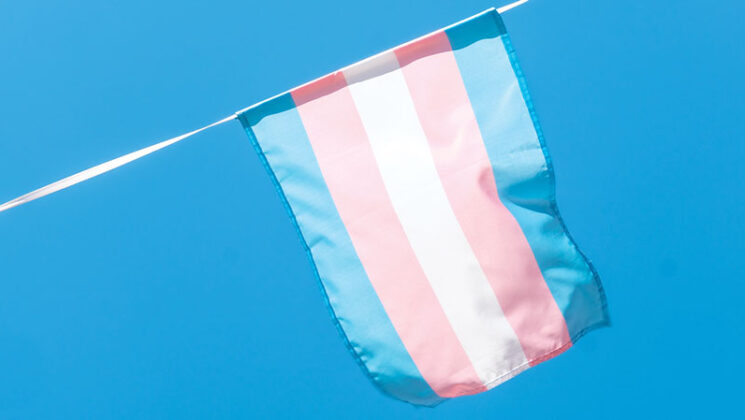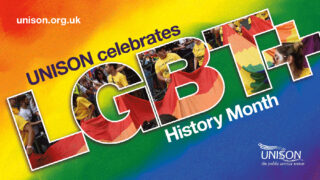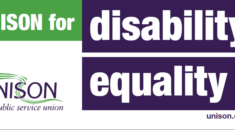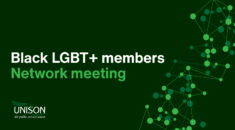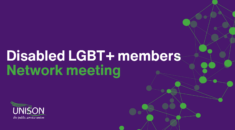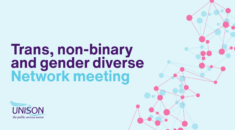Trans people are a tiny minority in the UK, yet the number of anti-trans hate crimes has doubled in recent years – an increase of 56% in 2002 from the year before.
Allyship is the practice of actively supporting the rights of a marginalised group you’re not a part of. Being a trans ally is crucial, because many trans people face real isolation.
Jenny Black, co-chair of UNISON’s national LGBT+ committee, say: “We need allies. We make up less than 0.5% of the population, yet we receive a disproportionate amount of negative attention, from both the media and politicians. Standing alongside us makes the difference between thriving and barely surviving”.
Being a good trans ally
Generally, being a good ally involves both proactively speaking up for trans equality and reactively speaking out against transphobia. It’s important to speak out when there are trans people present, so they aren’t always left to defend themselves, but even more important when there are no trans people present.
This includes when people make transphobic jokes – when attacks against trans people are increasing, transphobia is no laughing matter.
Furthermore, it’s important that you don’t make any assumptions about who is trans or who is affected by anti-trans discrimination, as there may be people with a trans history in your branch or workplace who are just living their lives now. Be aware that some colleagues may have trans family members or children.
Names and pronouns
When you talk to a trans person, listen to how they talk about themselves and follow their lead. Make every effort to use people’s correct name and pronouns, both when you are talking to them and talking about them.
If you’re speaking briefly with someone and are unsure how they wish to be addressed, avoid gendered terms like ‘sir’ or ‘madam’. Misgendering someone or using their previous name (known as ‘deadnaming’) is hurtful and may be considered a form of harassment. If you make a mistake, just apologise and move on.
Support and privacy
If someone shares that they are trans with you, don’t tell them they’re ‘brave’, ask them if they need support and what kind of support they need.
Unfortunately, much of the transphobic media discourse – which fixates on toilets and women’s spaces as part of a moral panic – ignores the very real issues that trans and non-binary people face in everyday life regarding employment, safe housing and access to health care.
Respect trans people’s privacy and don’t talk about someone’s gender identity or history unless they have given you permission to do so. Do not disclose someone’s identity as a trans person (known as ‘outing’) unless they agree. While someone may be out in some circles, such as an LGBT group, they may not be out to all colleagues or their family.
Finally, remember that while most people transition to live solely and permanently as women or men, not everyone has a binary gender. Some trans people identify as non-binary – as both female and male, as neither, or as something entirely different.
Trans allyship checklist
- Raise trans equality in your union branch.
- Check your employer’s policies – does it have a trans equality policy? If not, propose UNISON’s model policy. If yes, compare it to UNISON’s model policy and seek improvements.
- Don’t think you have to be an expert – but do inform yourself.
- Read more: How to be a good ally to trans people at work
- And find UNISON’s excellent and accessible resources.
- Publicise UNISON’s work for trans equality and our national trans network.
Transgender or trans describe people whose gender identity is different from the sex they were assigned at birth. These are umbrella terms that include people who:
- are intending to undergo, are undergoing or have undergone gender reassignment (with or without medical intervention, such as hormones or surgery)
- are non-binary – that is, they do not identify as solely male or female.
Transitioning is the process undertaken by a trans person in order to bring their gender presentation into alignment with their gender identity. This often involves dressing differently, using a different name and pronoun and changing official documentation. It may involve various types of medical or surgical treatment, although this is not the case for all trans people.

